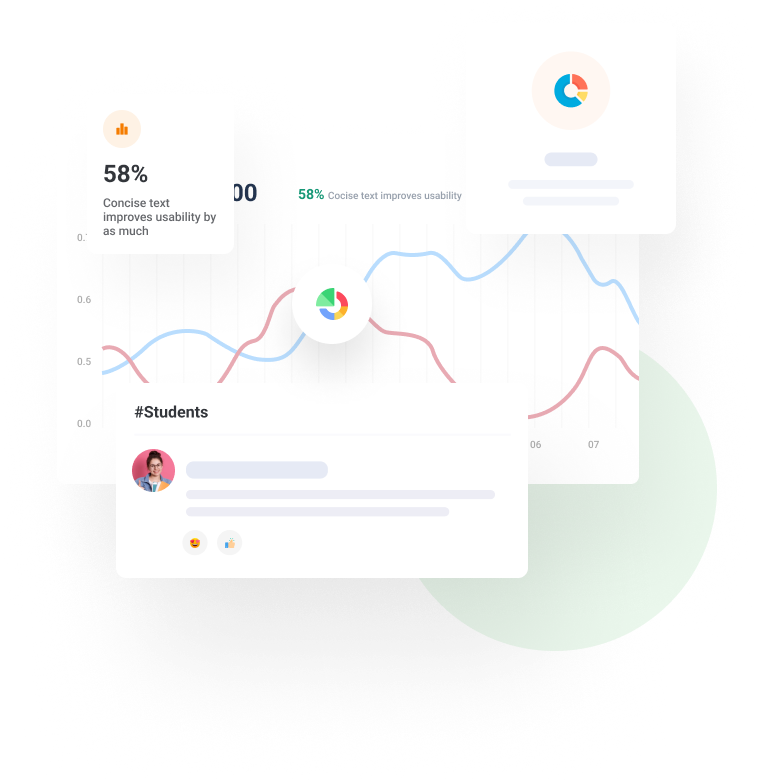Effectiveness of Online Textbooks vs. Interactive Web-Native Content
Published 2014
Authors
Mr. Alex Daniel Edgcomb,
University of California, Riverside
Prof. Frank Vahid
University of California, Riverside
Abstract
Material written for traditional textbooks is increasingly being made available via online textbooks. Such material still uses text and drawings to explain concepts. In contrast, material written natively for the web can use less text and drawings, and instead use animations, responsive questions, and interactive exercises. This work compares the lesson effectiveness of electronic textbooks having static content, versus interactive webnative content. Student learning using static content was compared with interactive webnative content, for the particular topic of writing output statements in the C++ programming language, with both groups also provided a programming tool. 136 participants in an Introduction to Programming course were given a pre-lesson quiz (4 questions), a lesson (randomly-assigned), and a post-lesson quiz (11 questions). Participants assigned static web content got on average 1.8 pre-lesson questions right, while participants assigned interactive web-native content got 2.2 right. Participants assigned static web content got on average 7.3 post-lesson questions right, while participants assigned interactive web-native content got 8.6 right. Participants assigned the interactive web-native content improved 16% more (p-value = 0.016) than the static web content. Even greater improvement was noticed in the lower-quartile. Participants with pre-lesson quiz scores in the lower-quartile improved 64% more (p-value < 0.001) with the interactive web-native content than with the static web content. This significant improvement may have been caused by the higher (p-value = 0.055) self-reported engagement with the interactive web-native content (5.3 of 6 points) than the static web content (4.8 of 6 points). Also, participants chose to spend more time (p-value < 0.001) with the interactive web-native content (17.5 minutes) than the static web content plus tool (9.4 minutes).









